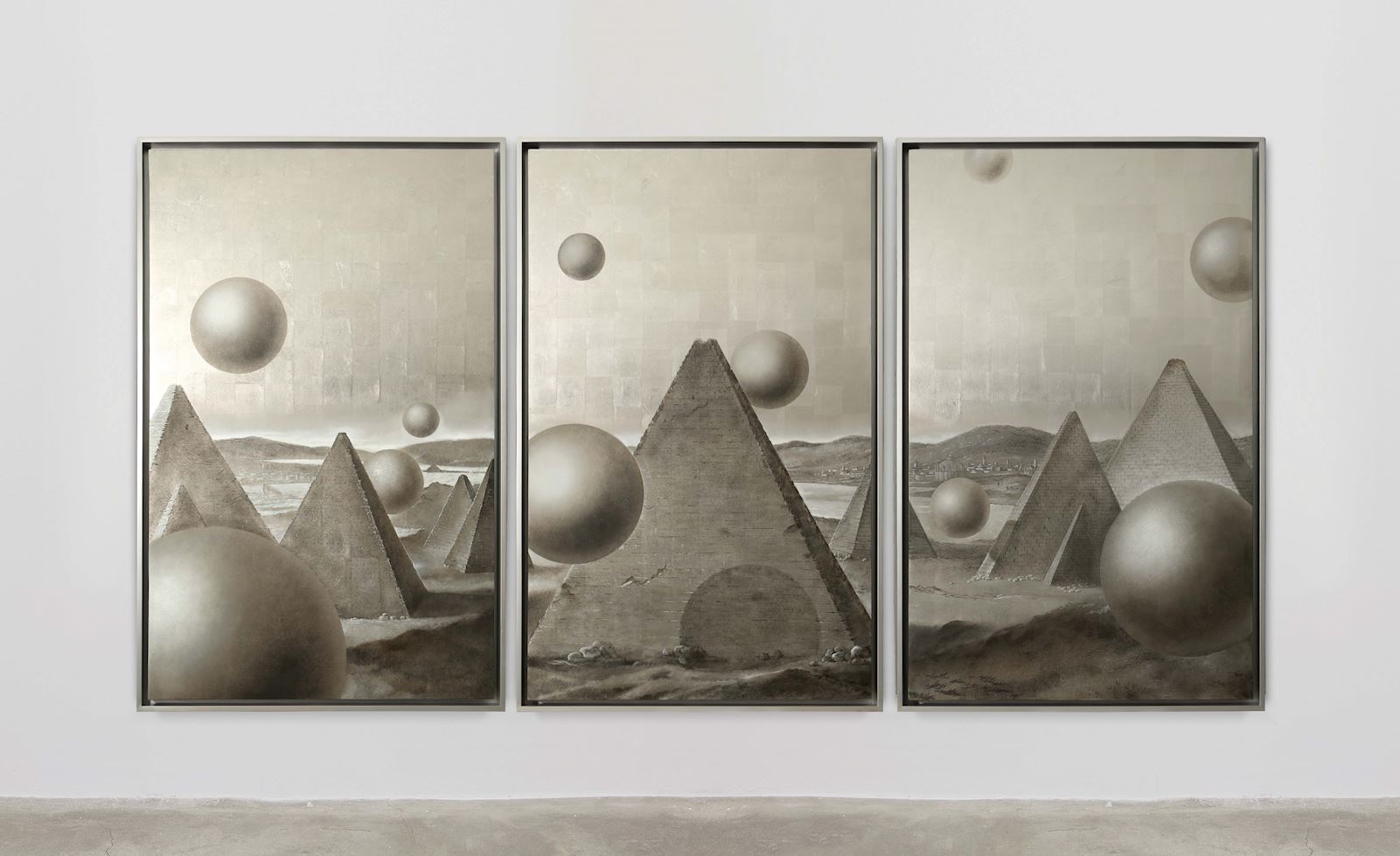
by Laurent Grasso
SEE THE UNSEEN
TEXT & INTERVIEW BY IAN
Since ancient times, human eyes have been regarded as the “window of the mind,” and artists have repeatedly praised the spirituality of the eyes in literature, poetry, painting, and sculpture, leaving countless imaginative interpretations. Outside of art, vision is the most important of the human senses, and the visual cortex of the brain translates electronic signals received by the eyes into the colors and forms that we see before us, combining with our other sensory experiences to create a sense of reality. Unfortunately, however, nature is full of smells we cannot detect, audio frequencies we cannot hear, and light waves we cannot see with the naked eye. Since reality is not always clear, how can we trust our perception?
“Art is about creating something that cannot be distinguished, manipulating a perceptual experience that goes beyond energy, location, and memory,” says conceptual artist Laurent Grasso, born in 1972 and living and working in Paris, France. Although his words may sound abstract, his intentions for his art are quite clear.
Laurent Grasso’s work involves issues of time, nature, history, and perception and uses scientific methods and technological tools to interpret abstract concepts, beliefs, and phenomena that challenge our understanding and knowledge, pushing the boundaries of perception for the viewer. Laurent Grasso believes that “seeing” is not only a sensory experience of vision but also a subjective construction and interpretation of reality. Who is looking? Who is being looked at? Who is looking at whom? Carefully exploring the blind spots of the human perspective in his films, sculptures, paintings, and photographs, Laurent Grasso notes that “humans’ vision’ is limited by our existence, like the eye floaters sufferers from the little black flies flying in front of them, which are not real but the consequence of vision itself.” Seeing is not always believing, and the reality we cannot observe may exist, as Grasso’s work often shows the blurry lines between the real and the imaginary.
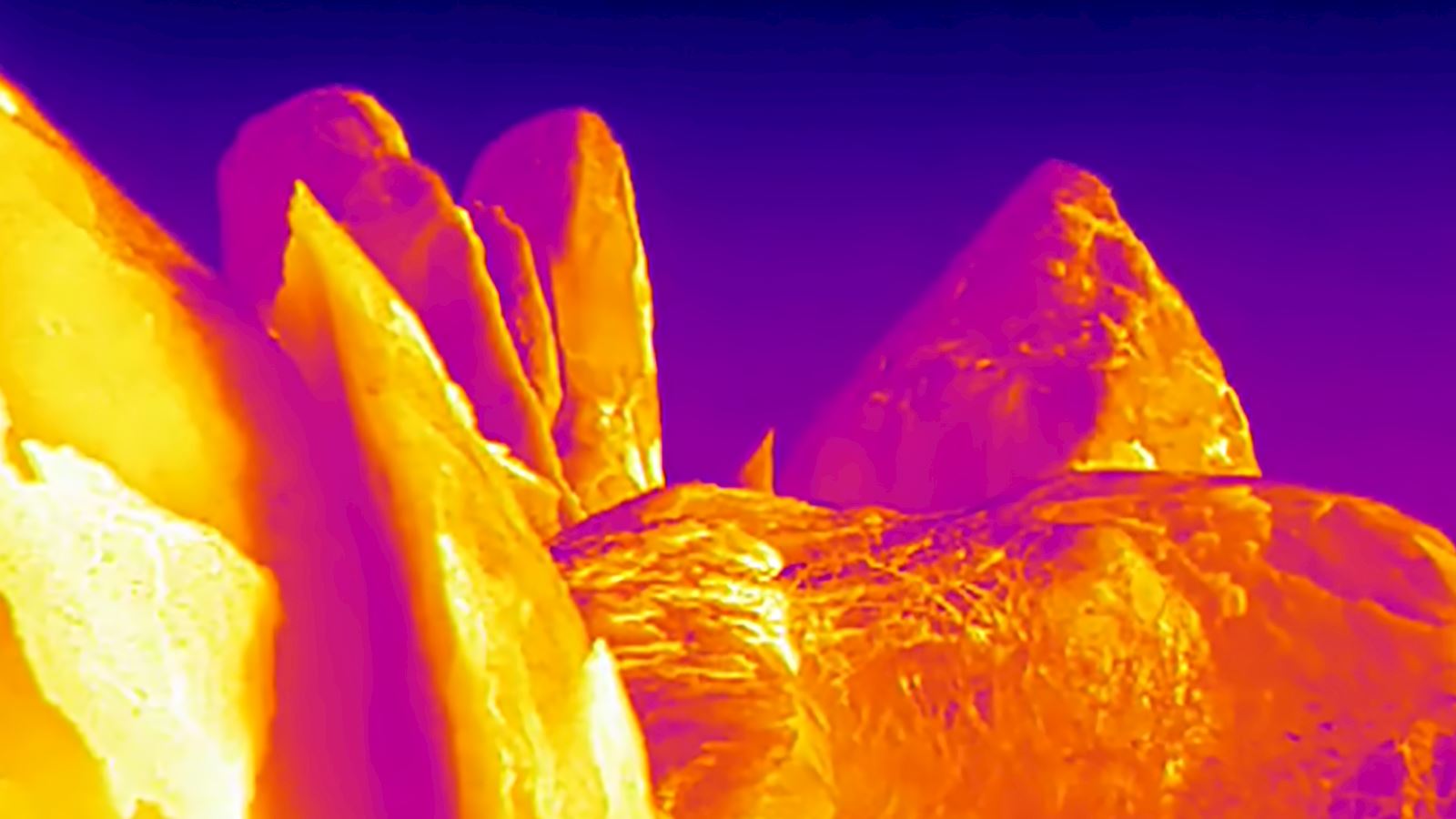
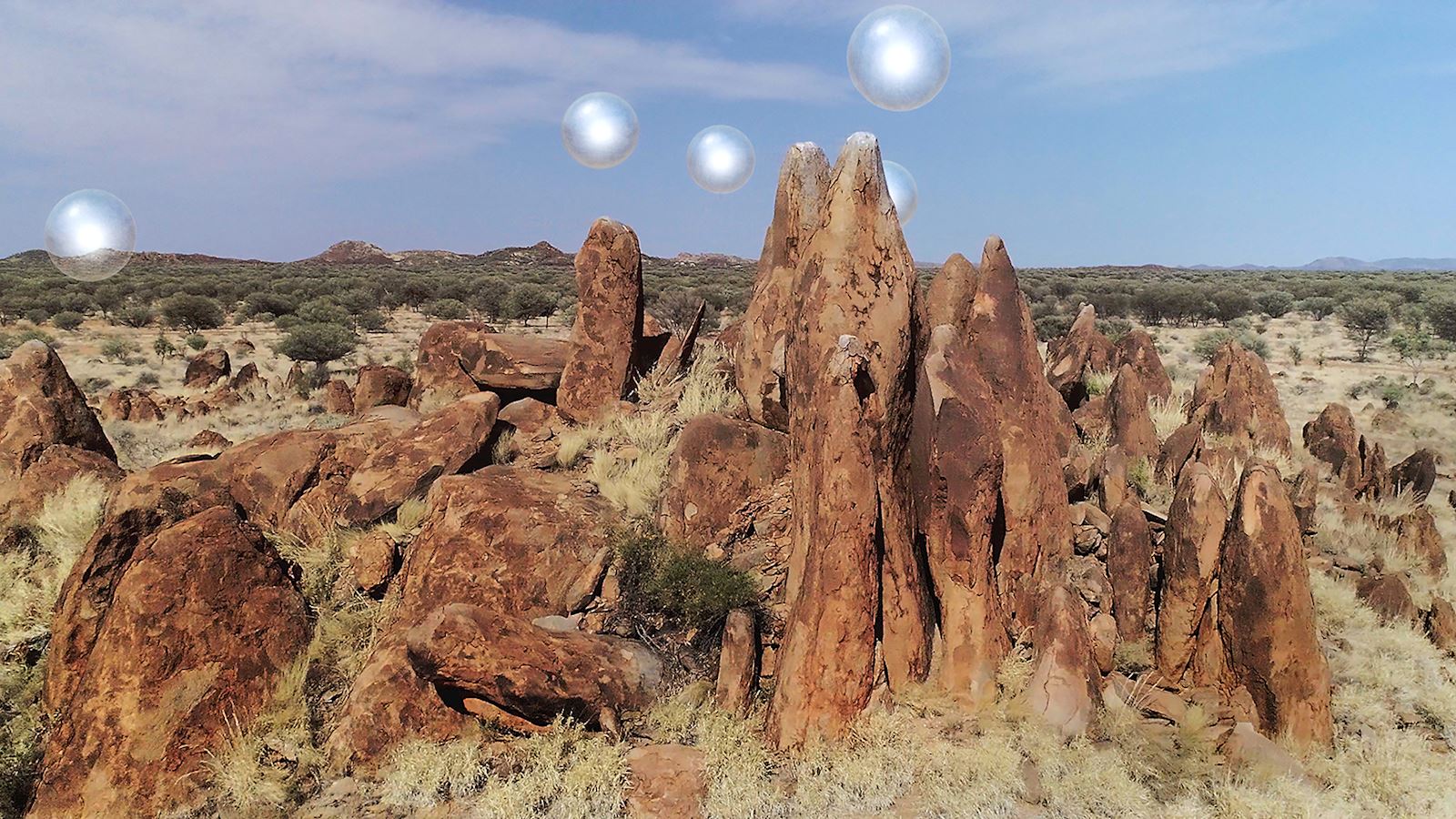
by Laurent Grasso
In 2018, Laurent Grasso was invited to participate in the 21st Biennale of Sydney and traveled to the Yuendumu region of the Northern Territory in Australia with an infrared camera, hyperspectral camera, and drone. He collaborated with the local indigenous art community to create a fictional film, “OttO,” set against the background of indigenous sacred sites. While fictional, “OttO” was built upon a text grounded in historical and cultural facts. In the film, the cameras attempt to capture and measure the indistinguishable energies of the sacred sites, and an unknown mysterious transparent sphere travels through the divine landscape. In addition, Laurent Grasso uses supernatural image narration to imagine and give another possible truth. If the viewer’s perception is shaken or feels slightly dizzy, it is the response that Laurent Grasso hopes for.
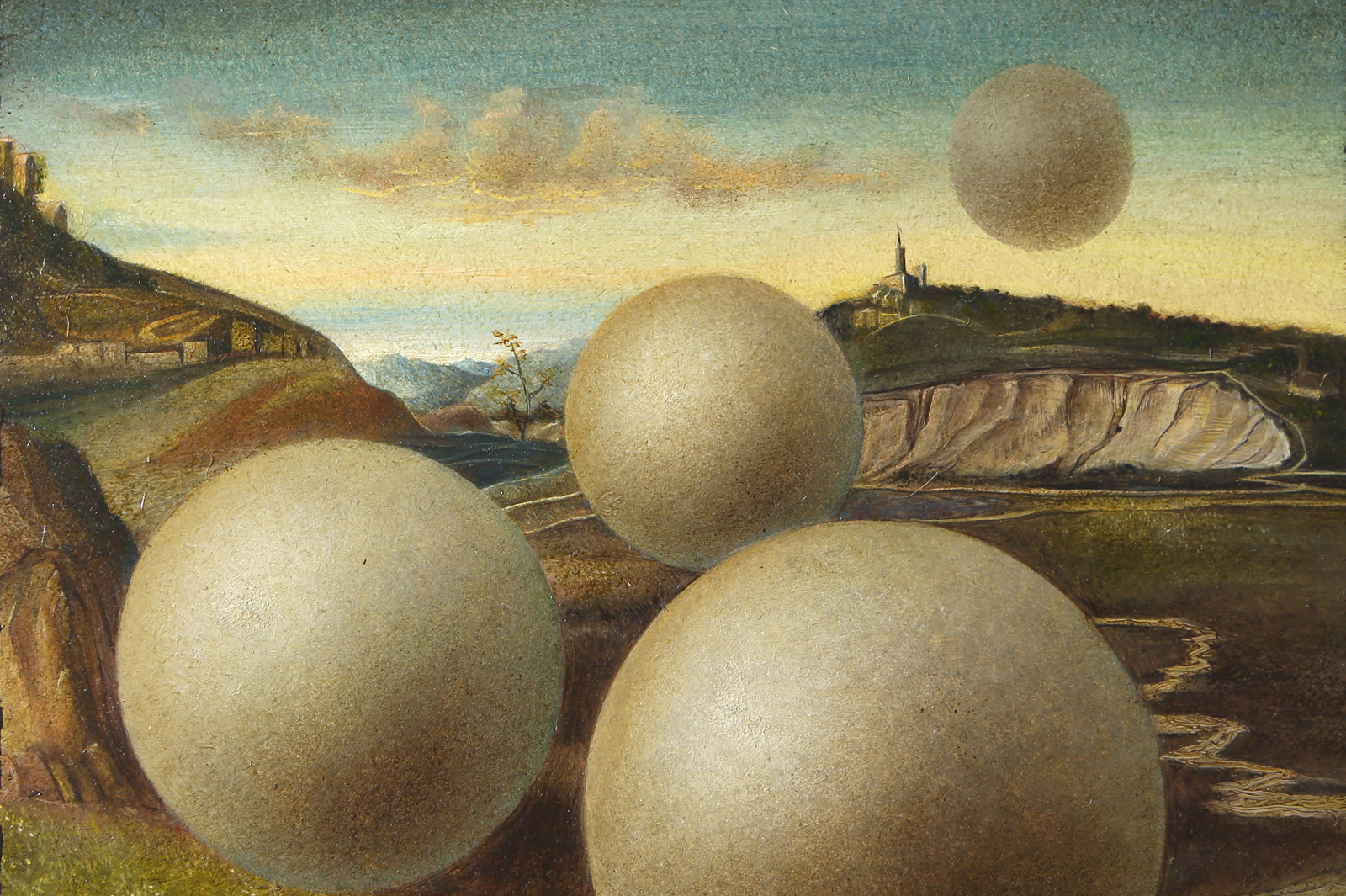
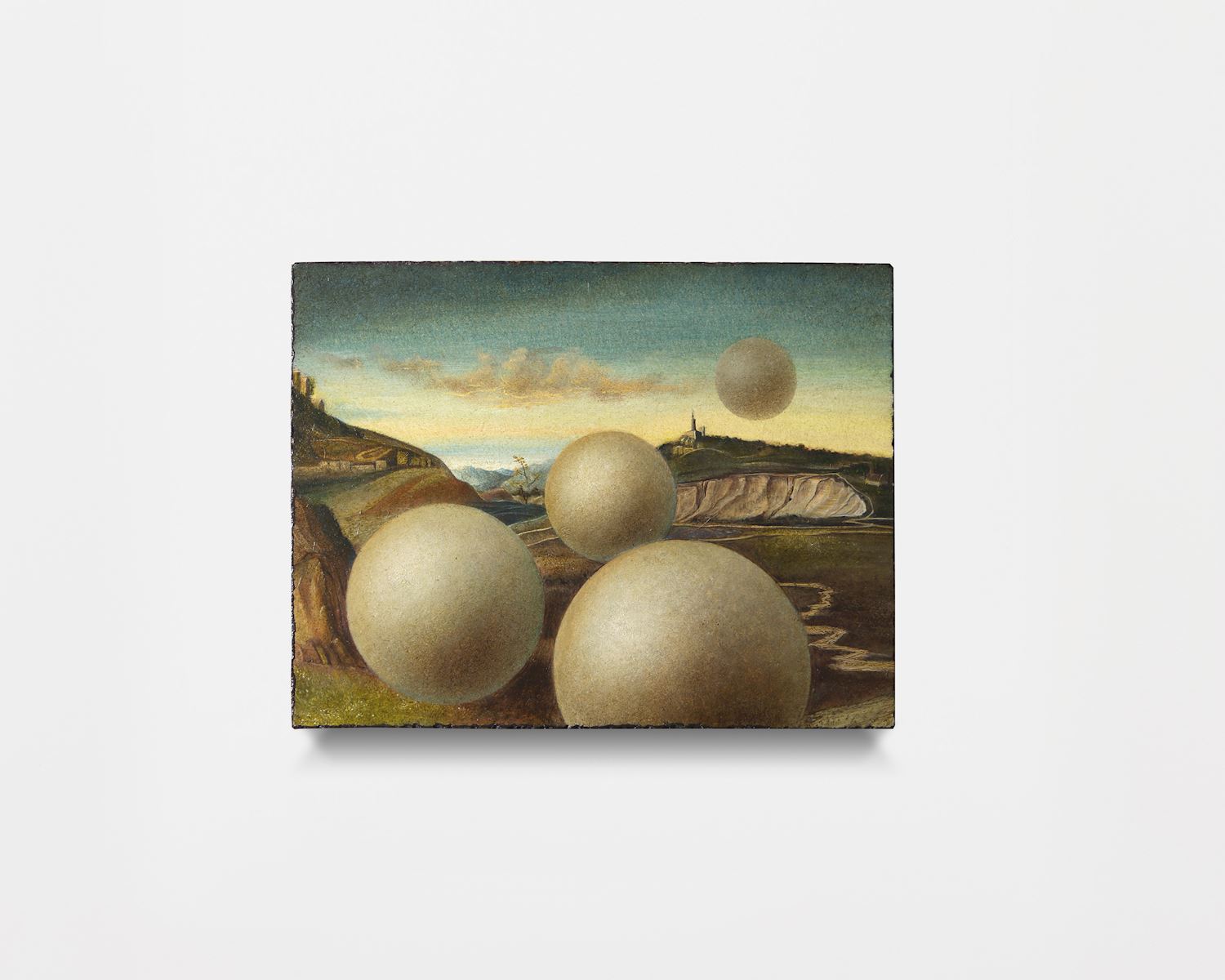
by Laurent Grasso
In May of this year, Laurent Grasso was invited by TAO ART in Taipei to hold his first solo exhibition on the island, “TIME LEAVES,” showcasing the artist’s essential paintings, sculptures, videos, and neon installations over the years. The exhibition fully presents Laurent Grasso’s delicate artistic universe, and he affirms, “I let the exhibition and the works speak for themselves. I hope people will remember my works and the exhibition, not me as a person.” We can assure you that it will be an unforgettable exhibition experience.
PPAPER
╳
Laurent Grasso
French Artist
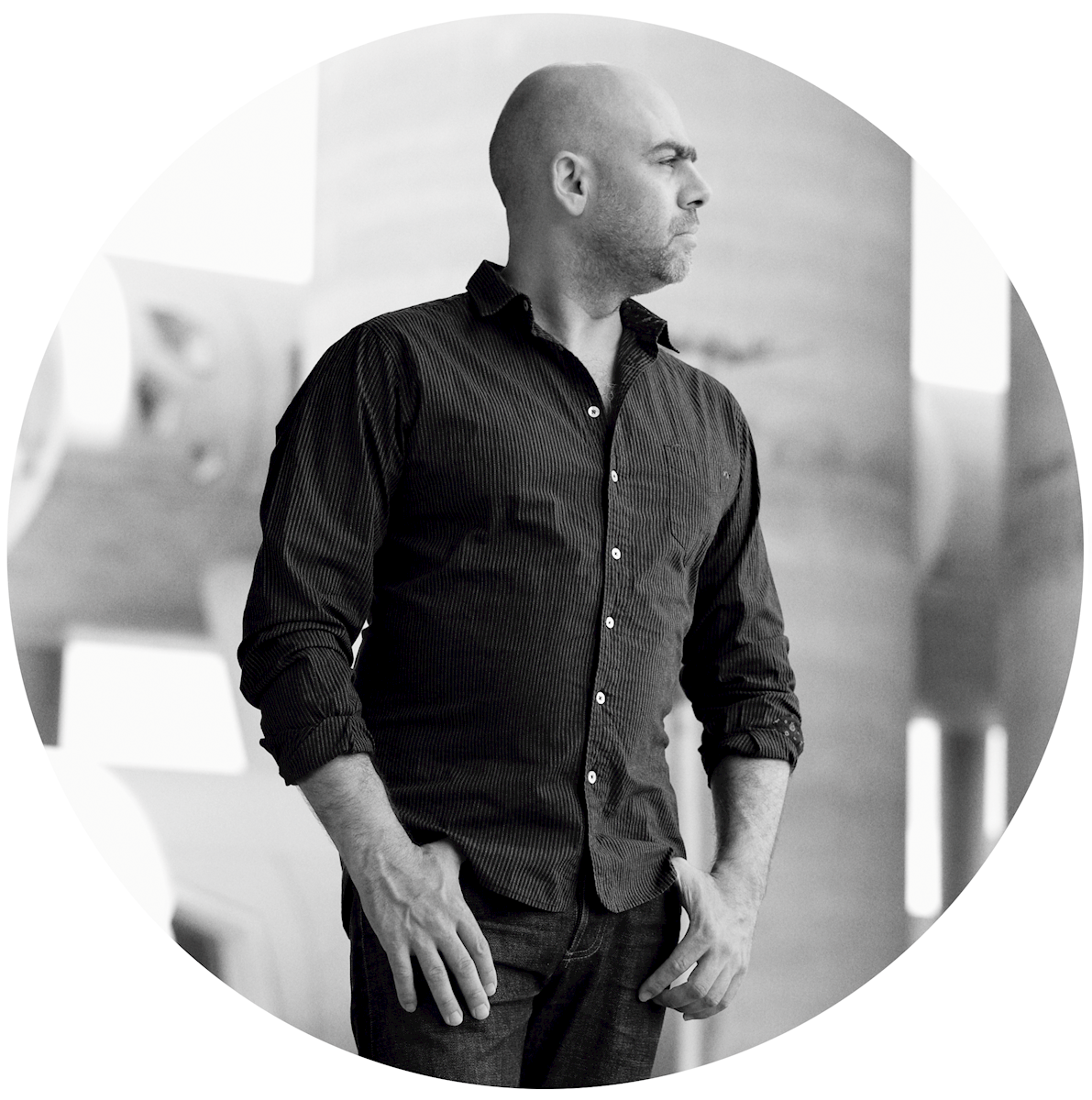
Hello Laurent, it’s great to talk to you. But before discussing your art, we’d like to get to know you better. Could you please share with us your life experiences and what inspired you to pursue a career in art?
LG: Childhood is a mythology from the artist, a concept of discussing your enlightenment and vision that led you to become an artist. For me, the possibility of art as a language to analyze and understand the world is what attracted me, but the reason why I became an artist is something that I cannot fully explain. It’s not just a “desire” to become an artist but also a large part of the “ability” that make it possible for me to become an artist. When I was very young, I decided only to pursue art and not engage in any other type of work.
My art is not just the artwork in my studio. It’s the complexity of lighting, the history and location of space, and the composition of sound and architecture. Art amplifies everything, and the artist is like an amplifier of everyday life. Political views, life experiences, and social interactions are all amplified because of the artist. As an artist, you don’t need to be interested in art. Instead, you feel a desire to create something, which can result in an opera or a company. That’s how it works.
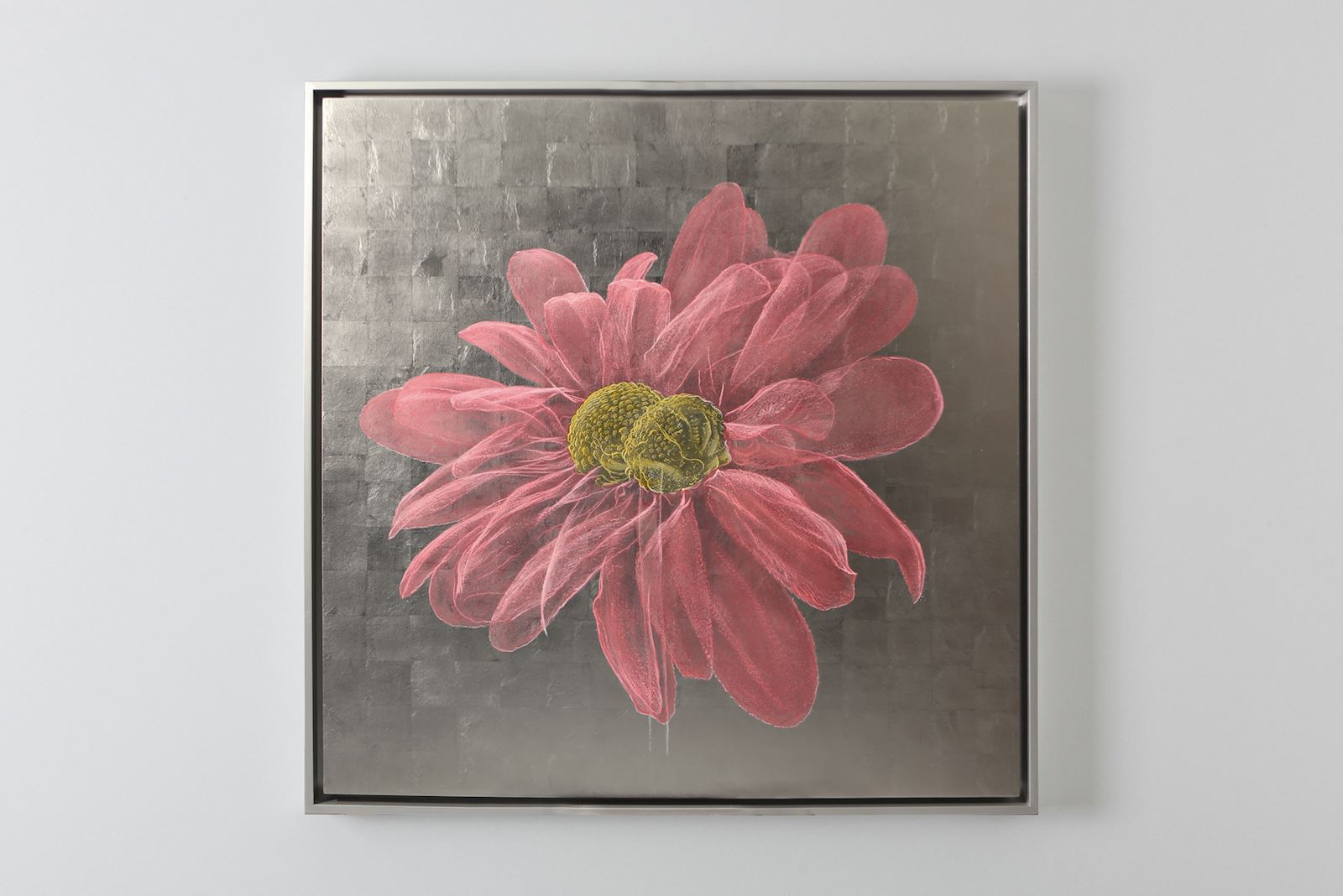
by Laurent Grasso
Do you remember the first artwork you created? What was it about?
LG: The idea of perception and vision is attractive to me. I remember one of my first paintings was a painting with red and green, and the leaves on the background were the opposite color to play with the perception. I did a lot of painting, etching, and drawing back then. And I am also interested in moving pictures. So I started using photography and video to make some film projects, allowing me to create strong and hypnotic displays and installations.
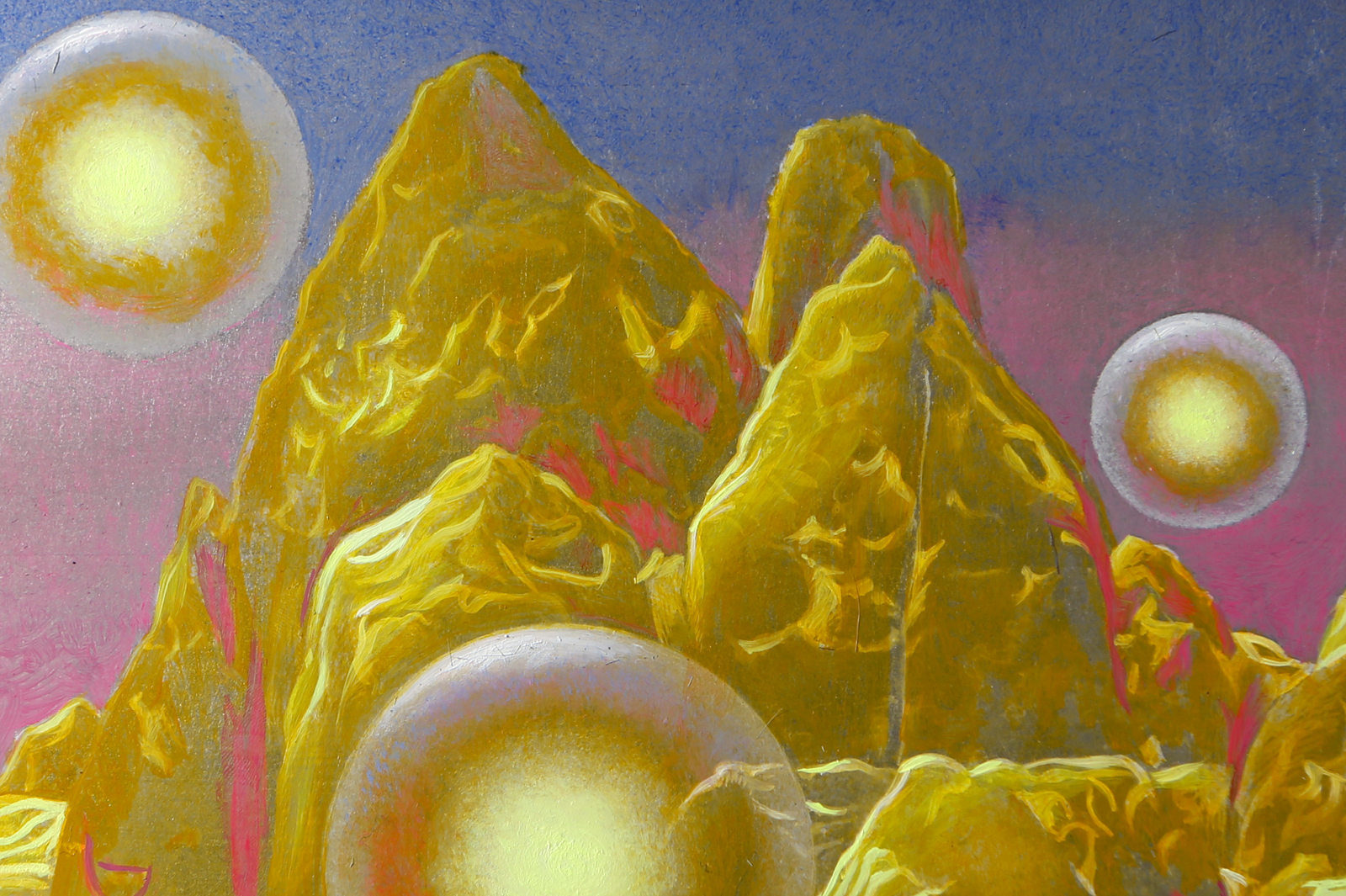
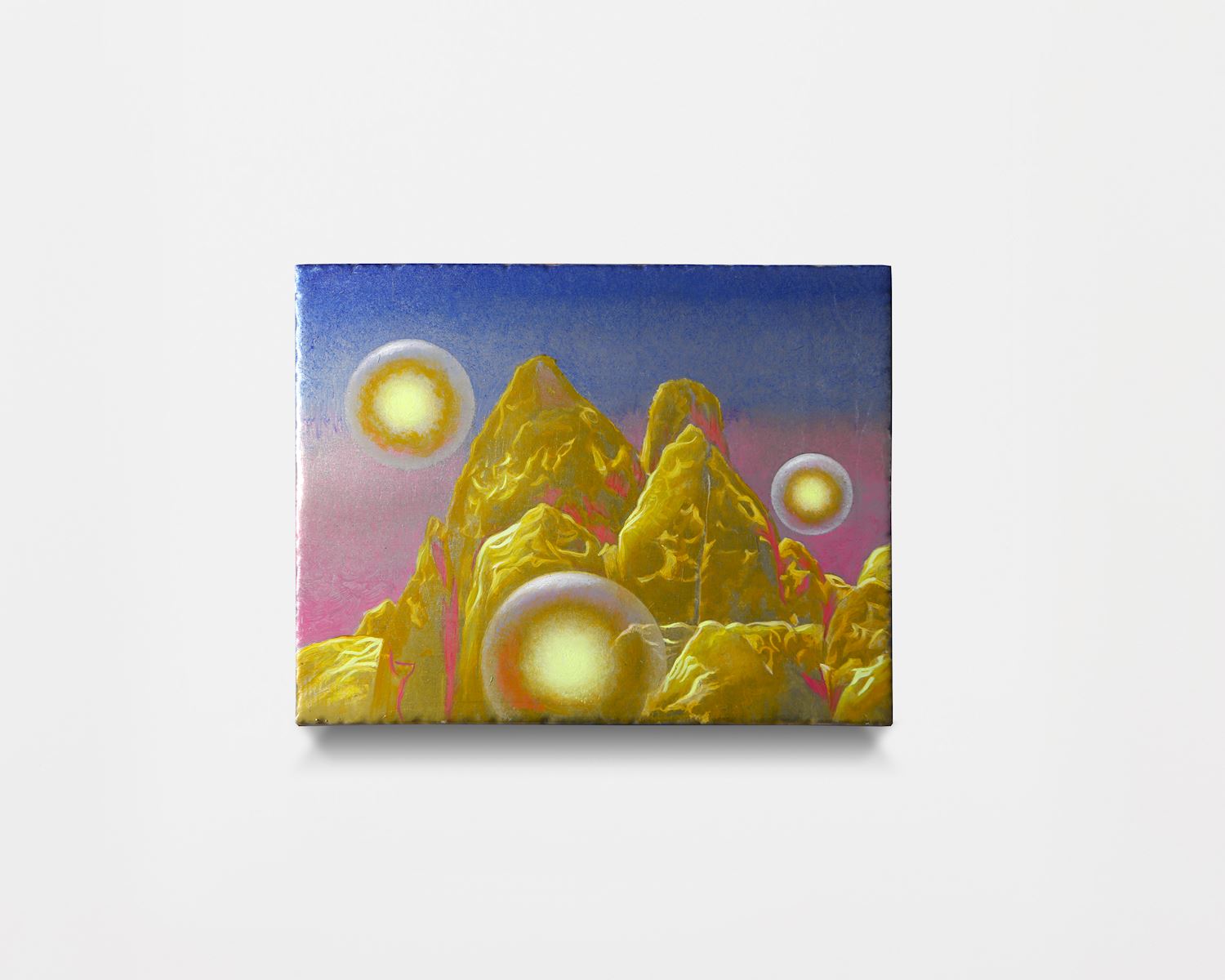
by Laurent Grasso
You once mentioned in an interview that you try to challenge the viewer’s perception of things or so-called “reality” and seek a state of tension and uncertainty. Why is that?
LG: Art is not about producing works of art but about creating indiscernible things. That is also why I do not repeat a particular style, as you would then know what you are looking at and using. Of course, it is not easy, as people like to identify artists and their works for recognition, and viewers can enjoy some pleasure. However, my art and exhibitions are different from this. Viewers often enter a space they cannot fully recognize, and strange feelings arise when they see objects that do not quite look like works of art. This is what I aim for – to play with a perceptual experience that goes beyond energy, location, and memory.
Let’s focus on Otto, the movie I will show at the Taipei this May. It is about the sacred site of the Australian Aboriginals. In the Aboriginal communities, each rock, mountains, and trees have its own life and history. And it is linked with this concept of the “Songline.” “Songline” is a traditional culture of Australian Aboriginal people, also known as “Dreaming track” or “Dreaming path.” It transmits knowledge, culture, and history through songs, poems, stories, and dances. In this culture, each sacred location is associated with specific songs and stories describing the Aboriginal people’s experiences and relationship with the natural environment. Over time, these songs and stories have been passed down. There is secrecy to it, and you do not have access. So, I decided to create these big transparent spheres floating and moving inside the landscape. And they are an expression of this invisible part of reality. I also used thermal and hyperspectral cameras to give another vision of something we know, to balance something secret and something scientific.
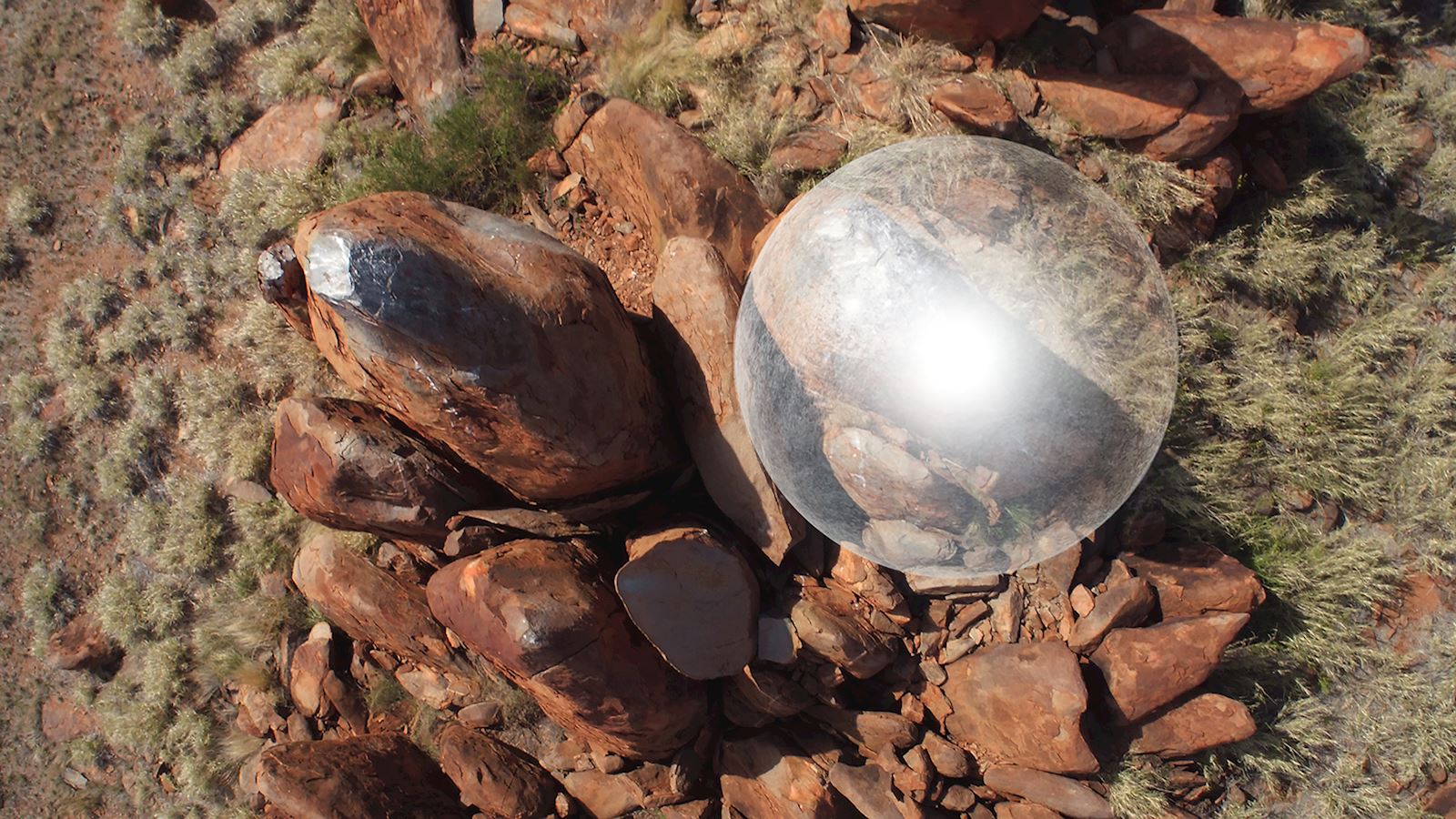
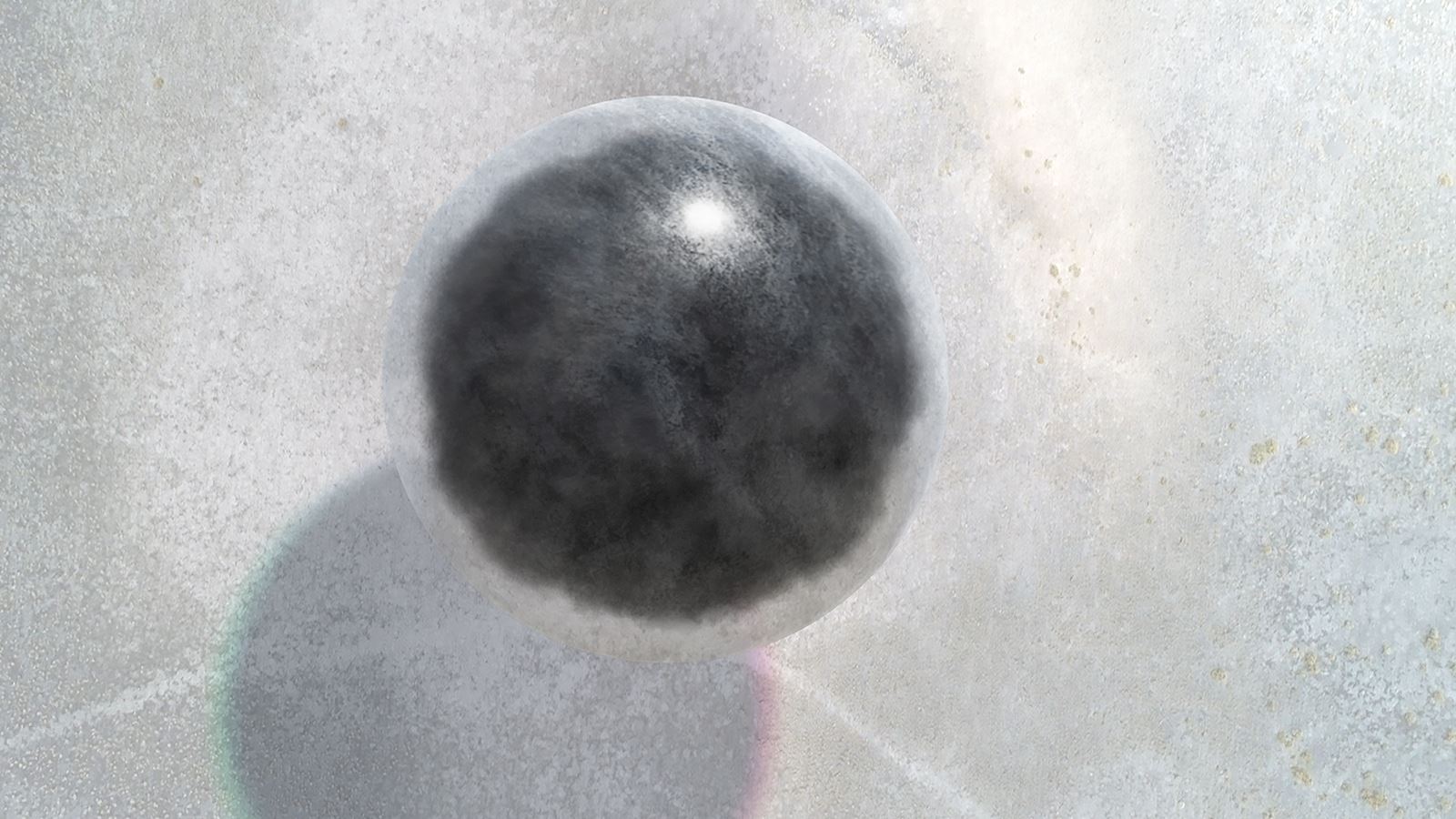
by Laurent Grasso
Your works are often based on research by examining historical events and mixing them with fictional context. When was this methodology established, and do you enjoy the process of thinking and researching more or the part where you transform abstract ideas into artwork?
LG: The research is really important. Research is not just about materiality but the forces, power, and the magic of the object. By researching, the objects start to come alive because you sense forces, powers, beliefs, and histories mixing and creating a kind of aura. That is the way I like to work.
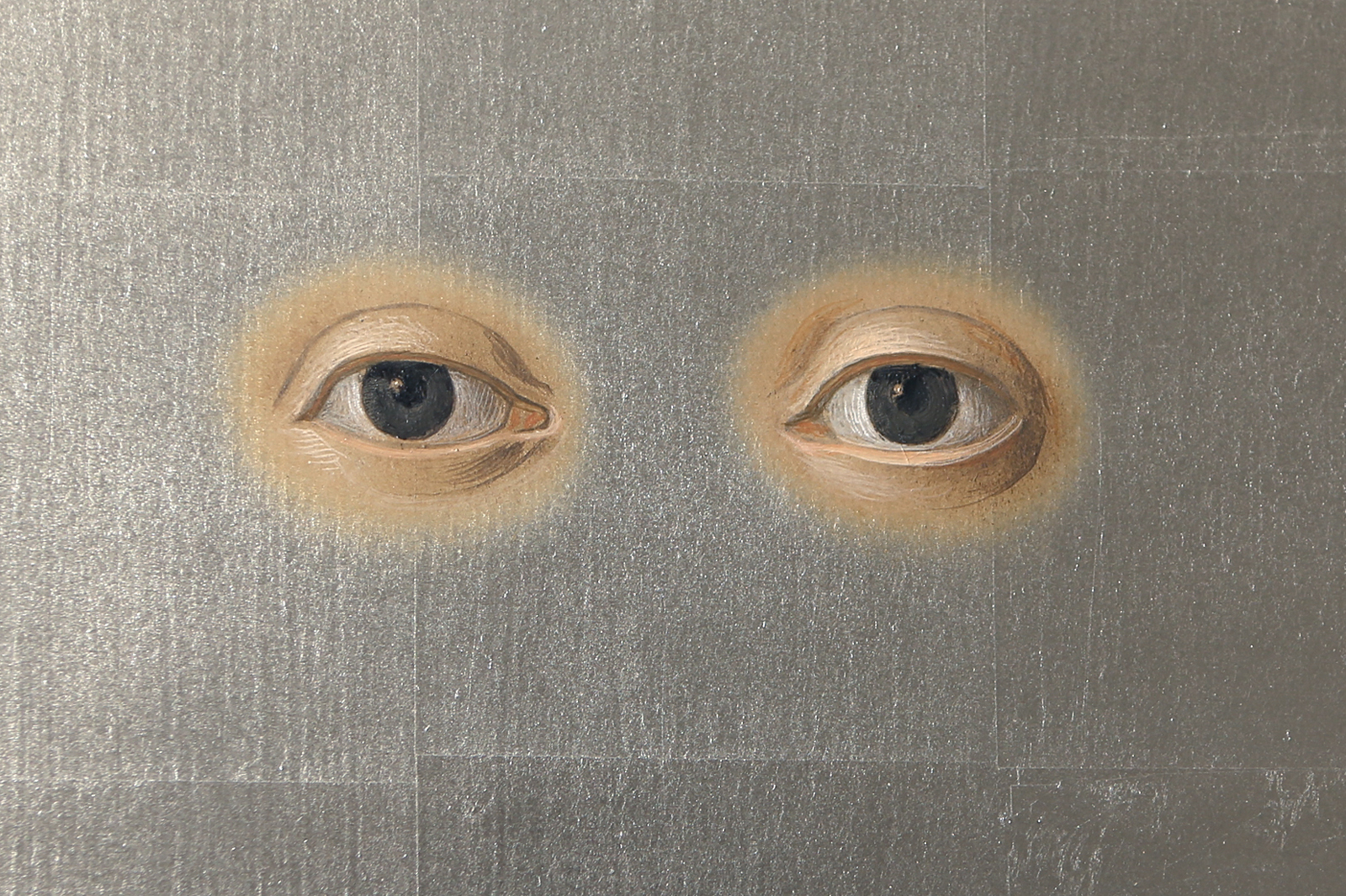
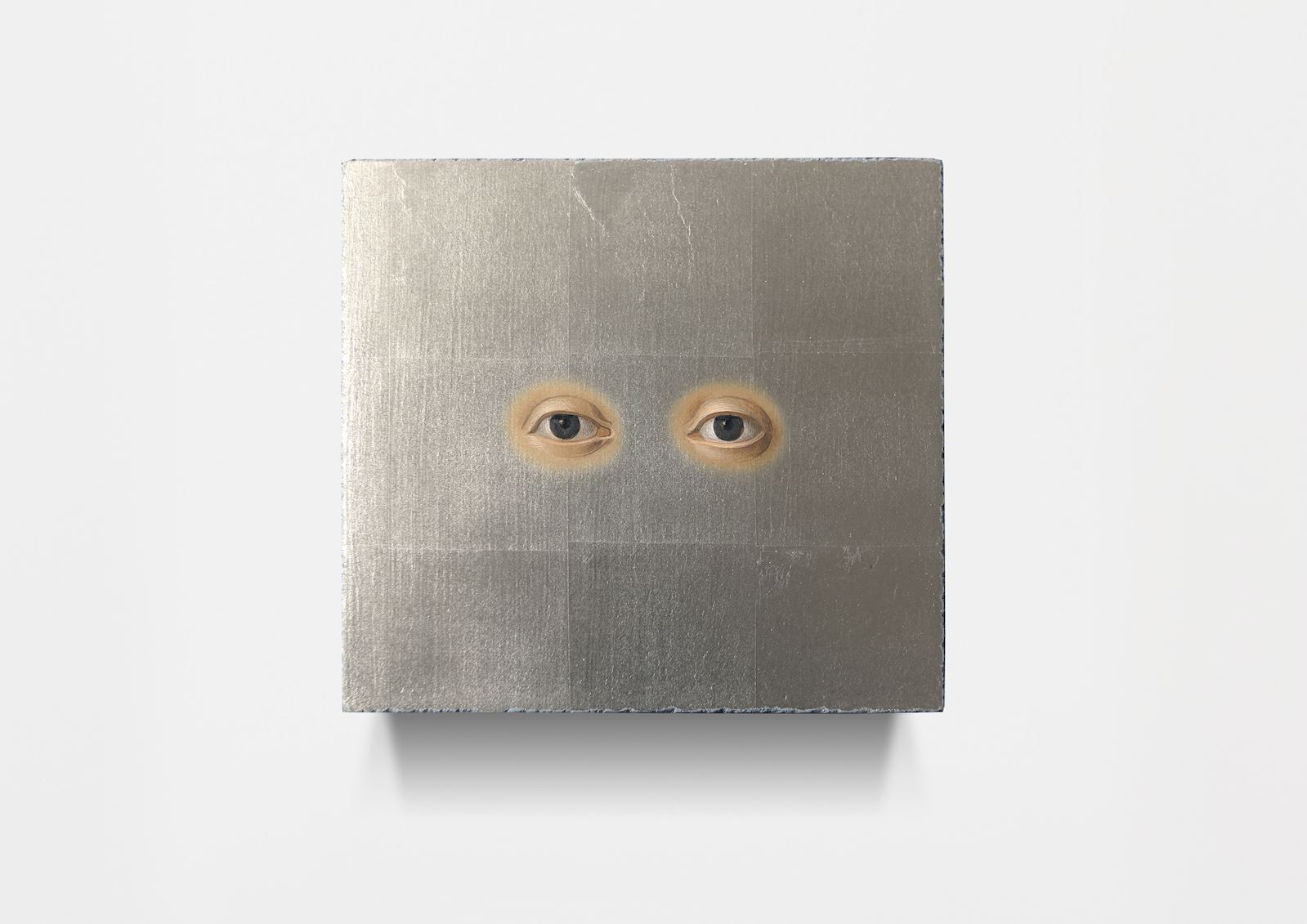
by Laurent Grasso
“Eyes” is a symbol that frequently appears in your works. We are curious about your perspective on the concepts of “gaze” and “viewing” in art. Also, how do you perceive the relationship between the artist, the viewer, and society?
LG: I have always been interested in the relationship between the artist and their eyes. For example, the painter Edvard Munch suffered from glaucoma. Thus he often wore an eye mask or sunglasses to protect his eyes while painting, and these vision problems indirectly shaped the unique style of his artwork, which was part of his paintings.
Furthermore, this leads to the concept of “Anthropic Vision,” a philosophical and scientific idea that suggests our observation of the universe is influenced by our existence. The so-called “observation results” are limited by the conditions of the observer’s existence, much like how small black flies appear in our vision due to our visual perception. Regarding vision and observation, I once held an art exhibition called “Panoptes,” named after the Greek mythological figure Argus Panoptes, the giant with one hundred eyes. Panoptes means “all-seeing,” this art piece features multiple eye-like images, sculptures and installations, representing the possibility of constant surveillance.
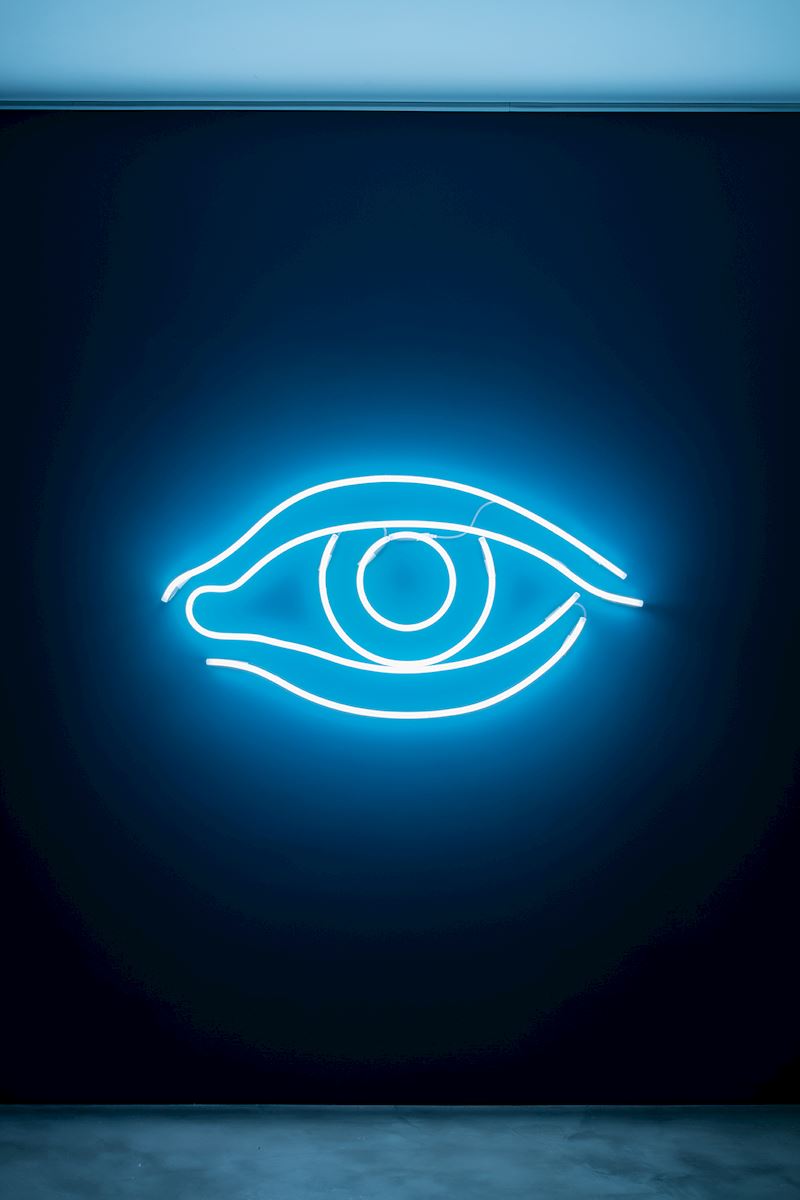
by Laurent Grasso
Photo : Marcus Peel
Through your artworks, you have expressed various perspectives on nature, time, and mysticism. What is your current understanding of the human world and the universe? Do you believe in God?
LG: No, my thinking is more inclined toward science. Although I enjoy exploring unknown territories and discovering scientific aspects from some strange and novel things or events, I am not very interested in things that are purely based on faith and mysticism because pure faith is a fictional narrative, and you can only choose to believe or not believe, which is too elusive for me. Of course, it is undeniable that sometimes discoveries go beyond science, but scientific research is often based on poetic imagination, which is the core spirit of my creations. By the way, aren’t the situations and phenomena humans face today more real than any religious belief?
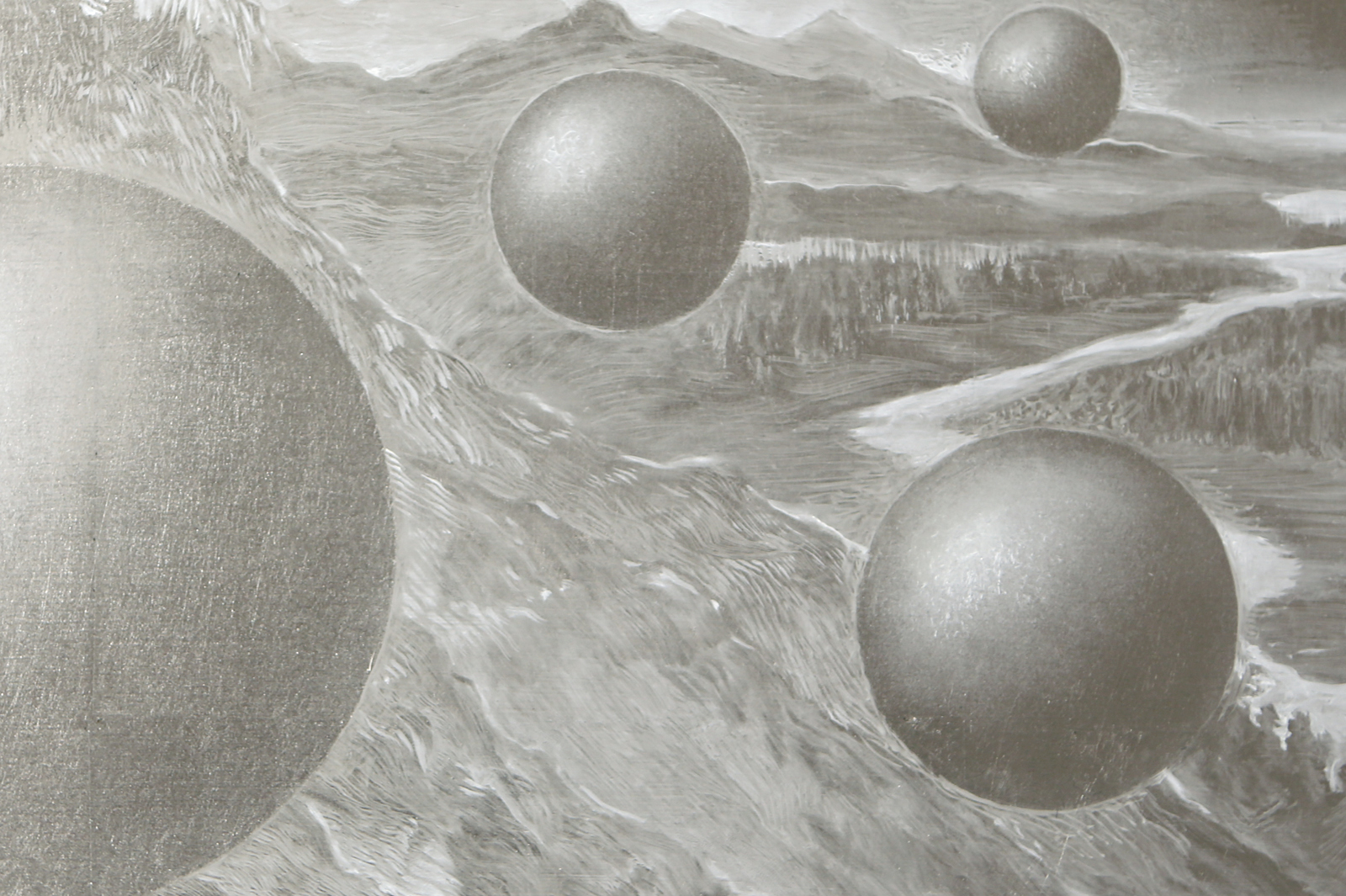
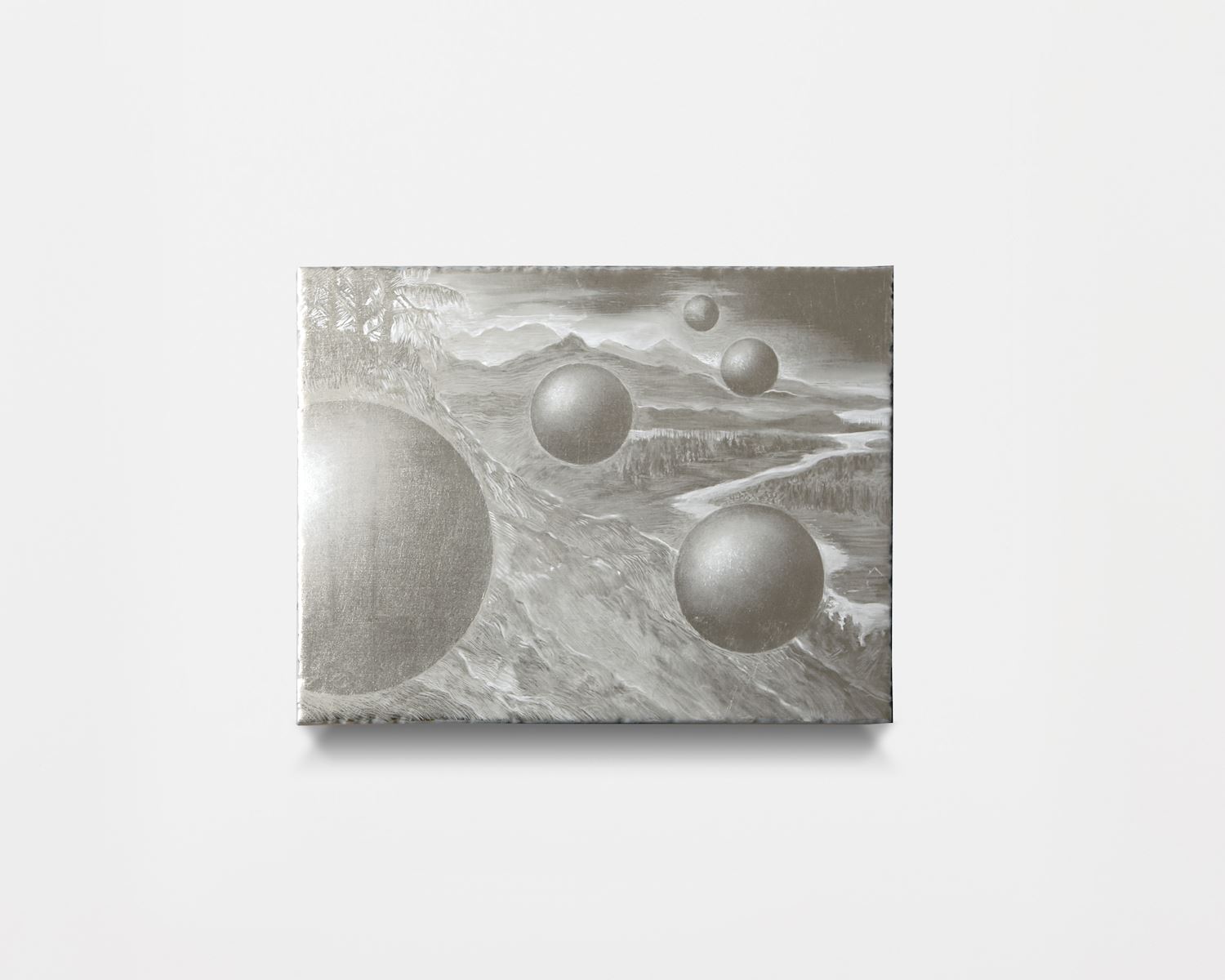
by Laurent Grasso
What would you do if you could travel through time and space?
LG: Of course, it would be very exciting to have such an opportunity. I remember when I was young, there was a TV program about a group of children traveling through time and space on a spacecraft similar to a space shuttle or starship, with adventurous stories. At this moment, human belief in physics concepts such as string theory and multiple universes is becoming increasingly firm, or at least the trend is so. Shortly, I am sure that humanity will make breakthroughs in related fields.
As an artist, what is your thought on the changes and impact that AI technologies such as “Midjourney” and “Stable Diffusion” have brought to the art world?
LG: Whenever a new technology emerges, society always has a sense of fear. It is human nature. However, I am not worried about the emergence of new technologies, such as artificial intelligence. After all, I have experienced the era before and after the internet, and technology ultimately becomes a tool artists can use. There is not much difference, whether it is IE or AI.
Is there anything that you would regret not accomplishing in your lifetime?
LG: As an artist, you will never satisfy and would like to have exhibitions everywhere. So that’s an issue (laugh). I would always like to have an exhibition and could do more. And what’s interesting as an artist is that you can create objects which will not be thrown into the garbage. People want to keep it for centuries in museums. In a way, it is like immortality.
How do you want to be remembered?
LG: Ultimately, I hope that people will remember my exhibition, not myself. The exhibition speaks for itself. That’s my wish.■
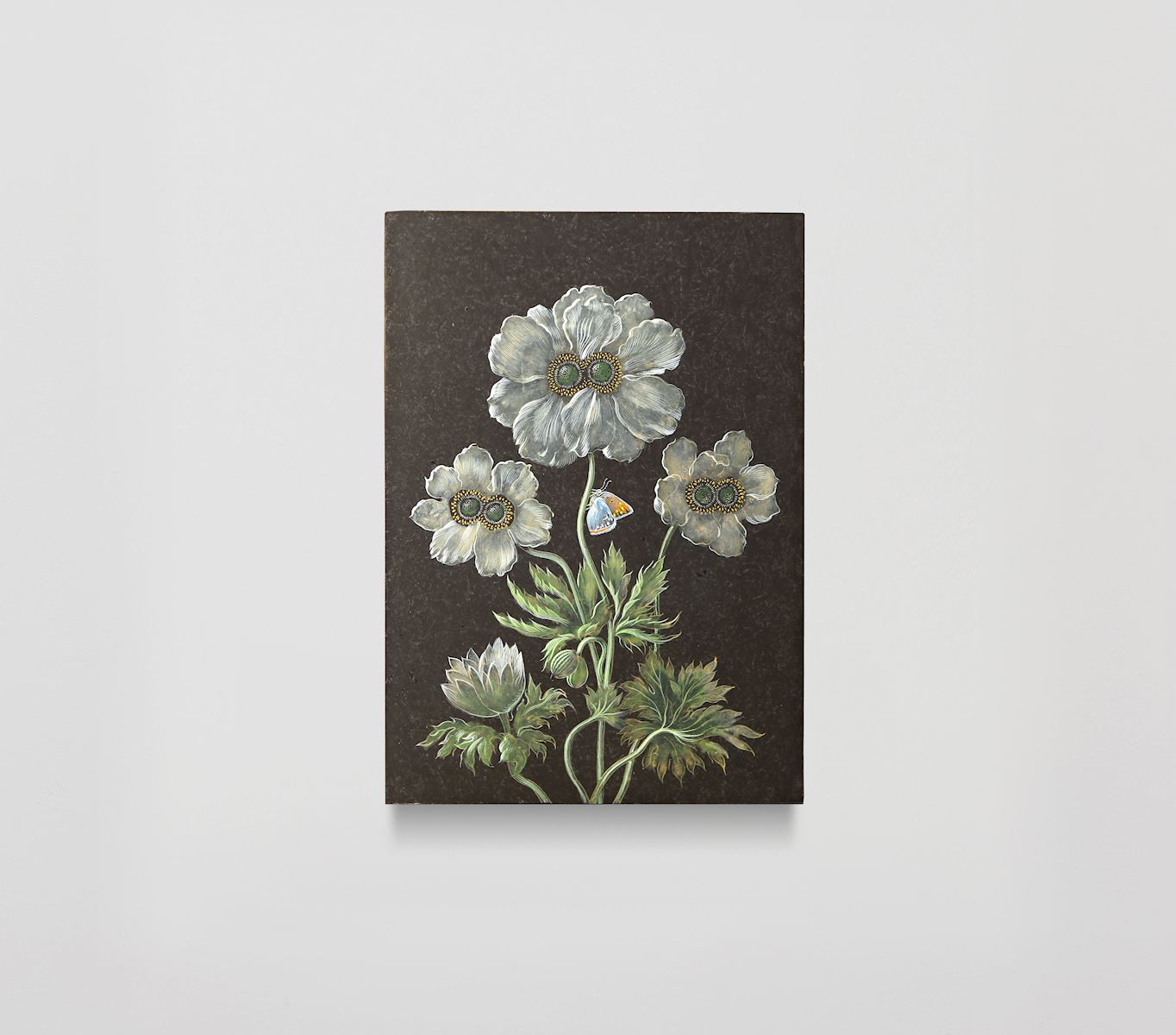
by Laurent Grasso
All images © Laurent Grasso / ADAGP, Paris, 2023
Courtesy of the artist and Sean Kelly. Photo Studio Laurent Grasso
About the Writer
Ian Feng。Editor of PPAPER。
A writer who began writing because of his passion for photography, having a soft spot for light-roasted coffee, and tuning in to cool jazz every evening, then indulging in tennis athlete Roger Federer’s elegancy.
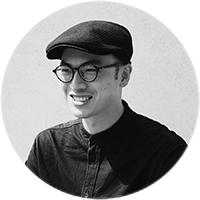




-1536x806.jpg)

-1536x806.jpg)

-1536x806.jpg)

